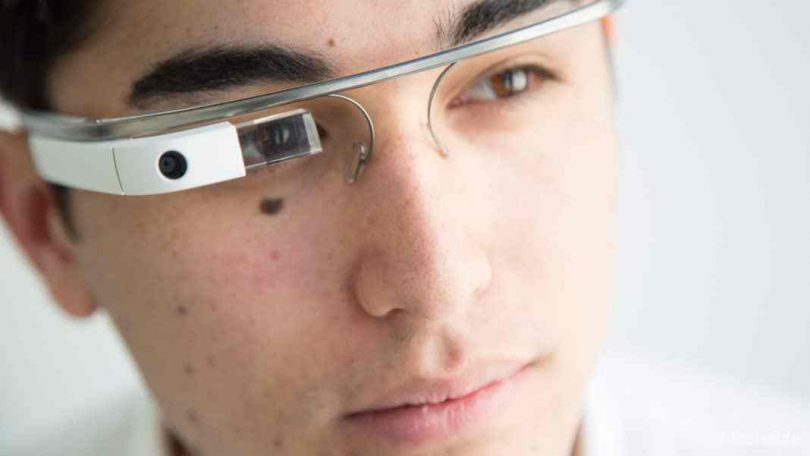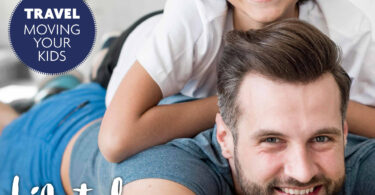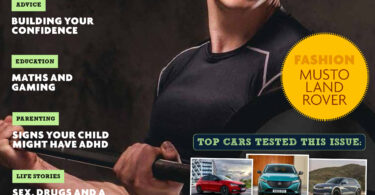Find out how the Google Glass smart glasses could help autistic children.
Google Glass wasn’t the resounding success Google had hoped it would be. However, a new report suggests the device could be used with an app to aid children with autistic spectrum disorders.
What sort of issues would the app address?
Autistic children often have problems maintaining eye contact and recognising emotions in others’ faces. These difficulties can be aided by therapy. A therapist would use exercise such as showing cards which show different expressions. However, the time on waiting lists to get such therapy can be very long and frustrating. An app that could be used at home would help solve this problem.
What does the app actually do?
The app was created by Dennis Wall. He’s a biomedical data scientist from Stanford University who specialises in paediatrics. He and his team have created the app to be used alongside Google Glass. The app was trained on literally hundreds of thousands of different people’s facial expressions. When it recognises an emotion on the camera, it updates the wearer of Google Glass what emotions other people are expressing. It does this either by naming the emotion through the headset speaker or displaying a small icon on the screen. It does this all in real time.
How was the app tested?
A pilot trial was recently reported in Digital Medicine. In it, 14 children with autistic spectrum disorders used the app at home for over 10 weeks. The children were aged between three and 17. The children and their families used the device for at least three 20 minute sessions every week.
Was it a success?
The parents answered questionnaires before and after the trial to rather their children’s social skills. Most of the children took an exam on recognising emotions before and after the test. In both measures, the children who used the app showed improvement in their social skills. The test, however, did not contain a control group of those who didn’t use the treatment to compare the results with. Still, these results are very encouraging for parents of autistic children.
What’s next?
The success of the test has led to a bigger trial with more participants that’s currently taking place. This test features a control group. If it continues to perform well in these trials, the device will be cleared for widespread use.




























